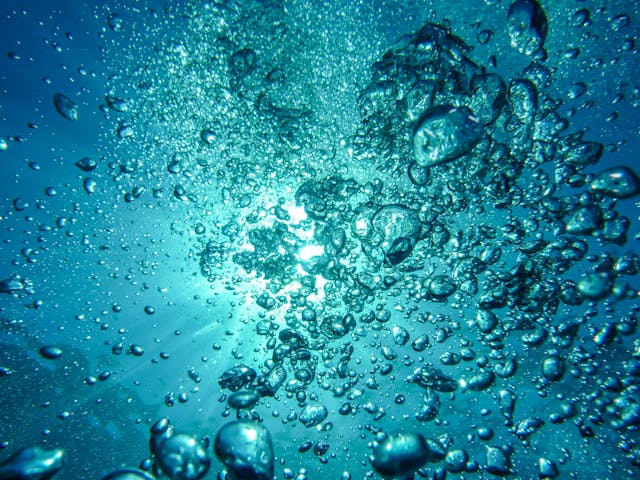
Overview of the Chapter: A Journey through States of Water
This chapter explores the different states of water—solid, liquid, and gas—and how water transitions between these states through natural processes. Students will learn about the water cycle, the importance of water conservation, and the role of water in sustaining life on Earth.
Water Cycle: The continuous movement of water on, above, and below the surface of the Earth through processes like evaporation, condensation, and precipitation.
States of Water
Water exists in three primary states:
- Solid: Ice and snow are examples of water in its solid state, formed when temperatures drop below 0°C.
- Liquid: The most common state, found in rivers, lakes, and oceans, essential for life.
- Gas: Water vapor, formed when water evaporates due to heat, is invisible but present in the air.
Processes Changing Water's State
Several natural processes cause water to change its state:
- Evaporation: The process where liquid water turns into vapor when heated.
- Condensation: Water vapor cools and turns back into liquid, forming clouds.
- Freezing: Liquid water becomes solid when temperatures fall below freezing point.
- Melting: Ice turns into liquid water when heated.
Precipitation: Any form of water, such as rain, snow, or hail, that falls from clouds to the Earth's surface.
The Water Cycle
The water cycle is a continuous process that includes:
- Evaporation of water from water bodies.
- Condensation forming clouds.
- Precipitation returning water to the Earth.
- Collection in rivers, lakes, and oceans, restarting the cycle.
Importance of Water Conservation
Water is a precious resource, and conserving it is crucial for sustaining life. Simple steps like fixing leaks, using water wisely, and preventing pollution can help preserve water for future generations.
